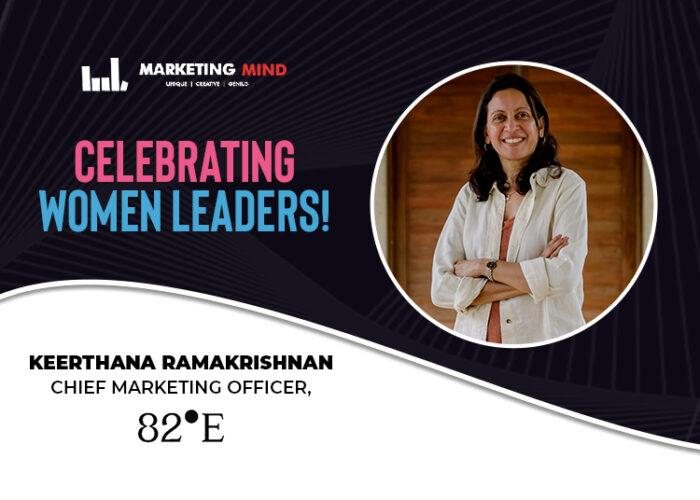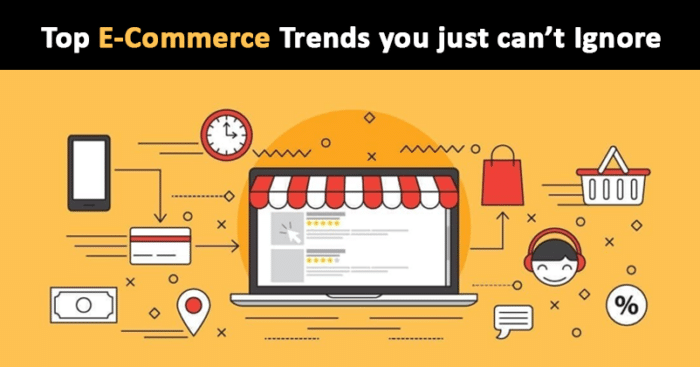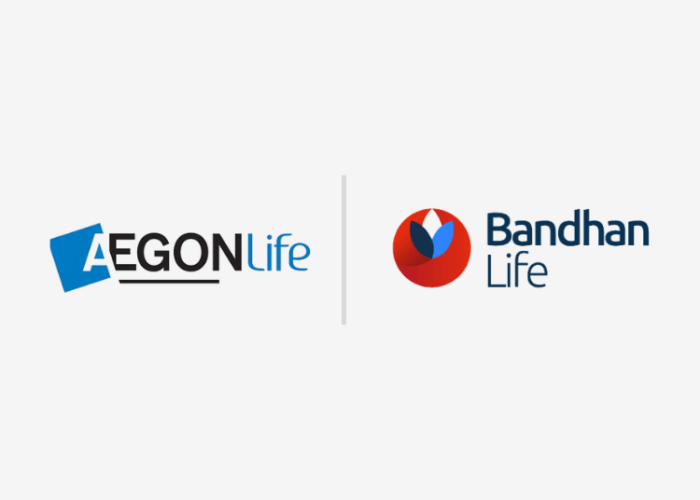A fresh reality of e-commerce is on the horizon & brands need to get ready now to embrace it. Each of these trends is already growing quickly & are likely to continue their upward trajectory into 2023 and beyond.
1) Commerce in Emerging Tech:
E-commerce platforms work in a “browse, choose, click to buy & checkout, but emerging tech will change this to “browse, experience & buy virtually or physically. As per Cathy Hackl (Globally recognized metaverse strategist), Virtual and Physical commerce collide as we enable the creation of the Metaverse & it will create new commerce channels like Virtual to Virtual , Virtual to physical & physical to virtual. Emerging tech and its associated technologies like Metaverse , XR & digital twins are also more personal in nature &; will enhance online shopping experience.
- Virtual to virtual or Direct to Avatar:- This model is already booming in the gaming industry & it can be things like digital stickers that are used in messaging apps, outfits as part of gaming avatars, Collectables, virtual Cars & houses. According to Statista, in-game purchases alone accounted for over $61 million in 2021, with the total virtual goods market expected to reach nearly $200 billion or more by 2025. Consumer brands like Nike, Adidas, Burberry and even Taco Bell have already entered into Metaverse games, to sell their products as Direct to avatar or Virtual goods often in collaboration with metaverse platforms.
- Virtual to Physical:- Virtual-to-Physical commerce activations are done using technologies like extended reality (XR) or a fully-virtual storefront. With technologies like XR & fully virtual storefront it gives users the comfort to walk around a store, view product displays, try AR/VR filters to see how it looks at your house or on yourself and later makes a purchase. “Virtual Try On “using XR has become a must for all brands in clothing fashion, beauty, shoes, jewellery & watches. AR/Virtual try-on tools allow customers to try on clothes, makeup, and skincare products, without physically being in a store. Prada, leveraged Snap’s hands-free try-on technology to detect hand gestures, enabling users to set down their phones and try on Prada handbags by using “swiping” gestures to switch the colours of the products.
- Physical to virtual:- Physical-to-Virtual commerce involves purchasing a physical item at store but also opens opportunities to own some virtual goods or services of same brands. These goods can be anything like a virtual skin which you can use while you are in metaverse or collectible tokens. Another way to look into physical to virtual commerce is making your physical stores virtual , essentially creating a shopable virtual tour of the retail store.
2) Social commerce:
Future of selling & buying is social & it will take a large chunk of the e-commerce market as consumers do their shopping on social apps. Social commerce is the buying and selling of goods or services directly within a social media platform. Social commerce allows social media platforms to act as brand virtual storefronts with shopping experiences from product discovery, and research to check out taking place right on social media itself. The global social commerce market is expected to grow at a compound annual growth rate of 30.8% from 2022 to 2030 to reach USD 6.2 trillion by 2030. Most social media platforms are developing functionality like in-app checkout, Buy buttons & it comes with built in social proof which covers reviews, recommendations, likes, comments and ways that others have used a product. There are four sub-genre within social commerce which are Influencer to commerce, Live commerce conversational commerce & content to commerce.
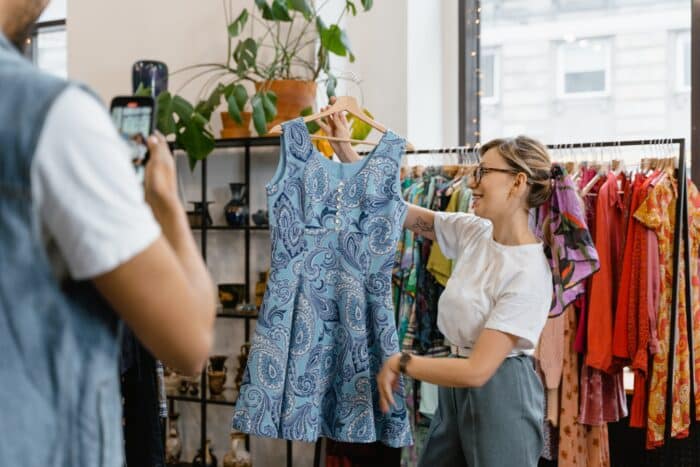
- Influencer to commerce:- I2C offers influencers to sell products or services on their own channel rather than just diverting traffic to the brand page. Almost all social media platforms like Pinterest, Instagram, YouTube & TikTok are allowing influencers to integrate product offers from partner brands into their posts & followers of influencers can buy the product directly by clicking on posts & stay within the trusted bubble. One example of I2C IS New Shopping Spotlight Features on Pinterest & IG shops by Instagram. User can tap through on any Spotlight/IG Shops and you’ll be able to view collections of your influencers & buy it in one click. Beyond social media platforms, Amazon has rolled out its own Amazon influencer program which allows Influencers to sign up, promote products, and get paid.
- Live commerce:- Live commerce is the blend of interactive video with online buying and selling options. It enables customers to purchase goods via a live broadcast without having to navigate away from the stream. Brands are already using Amazon Live to integrate into Amazon produced live shows or Amazon live creator app. These live commerce products by amazon provide testimonials and demonstrations to educate shoppers about products that are available in Amazon’s stores. Apart from Amazon YouTube is expanding its live shopping feature by partnering with Shopify, an e-commerce platform, to launch integrated Livestream shopping. Another company to watch out is firework which allows brands to do live commerce across your web, app, and social media handles & on open web.
- Conversational commerce:- Conversational commerce have become mainstream as consumers are accustomed to using chatbots/digital assistant as part of their online shopping experience. Conversational commerce allows consumers to interact with brands and shop via messaging apps like Whats App, Telegram, Facebook messenger, or Voice assistants like Alexa & Google Home. Consumers can not only chat to get customer support and product information, but also make purchases within these channels. Conversational commerce with an AI recommendation engine can empower eCommerce brands to enable personalized shopping experiences. Although digital assistants are designed to communicate with humans right now, in future next 5 to 10 years they’ll be able to communicate with each other’s & build an ability to generate human-level language, that would make it possible for them to generate infinite sentences and structures just like humans.
- Content to commerce:- Content to commerce is the strategic integration of relevant products and media to deliver shopping experiences for consumers. Large Publishing houses like New work times & wall street journal are building native checkout on their content so that customers can purchase products within a piece of content. Products are embedded directly in the content and customers can complete the checkout flow without navigating away from the page. Most of the D2C brands are acquiring content platforms to disseminate their product/service offer to a different cohort of audience. Some of D2C brands leveraging content to commerce are Mamaearth & Good Glam Group where Mamaearth, has acquired woman-focused content platform Momspresso & Good glam acquired celebrity media and influencer talent management network Miss Malini Entertainment, women-centric digital platform POPxo, and publishing platform ScoopWhoop.
3) Shoppable TV ads:
The technology to shop directly on your TV’s interface is still developing and somehow limited to QR codes. Still, tech platforms like Amazon & Google are testing shoppable content ads.
Imagine you watched a movie on amazon prime and would like to buy a dress that the actor is wearing. Amazon uses a service called “X-Ray” which is an exclusive set of features on Prime Video that helps you experience more of the stuff you love to watch, while you watch it. This is currently available in favorite movies, series, and live sports. Amazon could likely integrate a similar functionality called “purchase” where we’ll eventually also see the actor’s purchasable products and buy it on amazon.YouTube already provides video action campaigns to connected televisions. When a viewer sees a Video action campaign on their TV, they are invited through a URL at the bottom of their screen to continue shopping on the brand’s website from their desktop or mobile device without interrupting their viewing session.
4) Showrooming or webrooming:
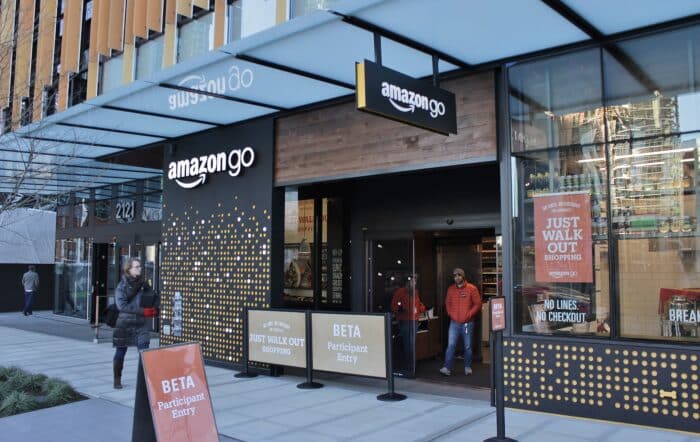
Consumer shopping habits are changing, even when they are at offline stores most of them are using smartphones to price check or read online reviews to build their preference. Showrooming is a trend in shopping behavior where consumers visit stores to touch and feel the products but opt to purchase them online because of better price/ customer service offers. Webrooming is the opposite where customer research online, then go to store for look-touch & feel & buy in-store. Connected commerce is way forward for brands and they need to provide omni-channel commerce to balance out showrooming & webrooming. When customers get consistent functional and visual experience across channels, they are more likely to stay with the brand than switch to competitors. One of the best Brands handling `webrooming & showrooming is “Amazon Go “with an omnichannel store with no lines and no checkout—you just grab and go! Customers simply use the Amazon Go app to enter the store, and take what they want at store & amazon will charge their Amazon account and send them a receipt.
5) Click & Collect:
It’s also known as Buy Online, Pick Up In Store (BOPIS ). In this commerce model, shoppers are opting to purchase their products online and then pick them up at the store. Brick & motor stores are developing these capabilities to compete with large e-comm marketplaces like Amazon. Large retailers like Home depot already provide click & collect services where customers can buy online at their convenience and pick up at any store. Click & collect model also gives consumers the benefit of zero or minimal added delivery cost and for retailers, it gives better management of customer experience, sale of additional products and efficient handling of returns.
6) Quick commerce:
Quick commerce as the name suggests, means consumers can expect delivery within one hour of placing an order. India’s quick commerce market is expected to witness a 15X growth by 2025, reaching a market size of close to $5.5 billion, according to consulting firm RedSeer. This market size would put India ahead of other leading markets (including China) in terms of quick commerce adoption. Quick commerce platforms like big basket & others are introducing advertisements in two formats. The first one is search, sponsored ads and self-served programmatic ads and the second one is digital sampling. Digital sampling via Quick commerce eliminates the overhead cost & logistic costs over traditional. One of the ways to do this is to combine new samples into existing orders to ship. Brands are also using third party digital sampling platforms like freestand, almond Vouch to keep a record of customer contacts & feedback.
There is a lot of innovation happening in e-commerce & technology. As Brands know their customer best they need to evaluate customer data to see if upcoming trends make sense for business or not.

